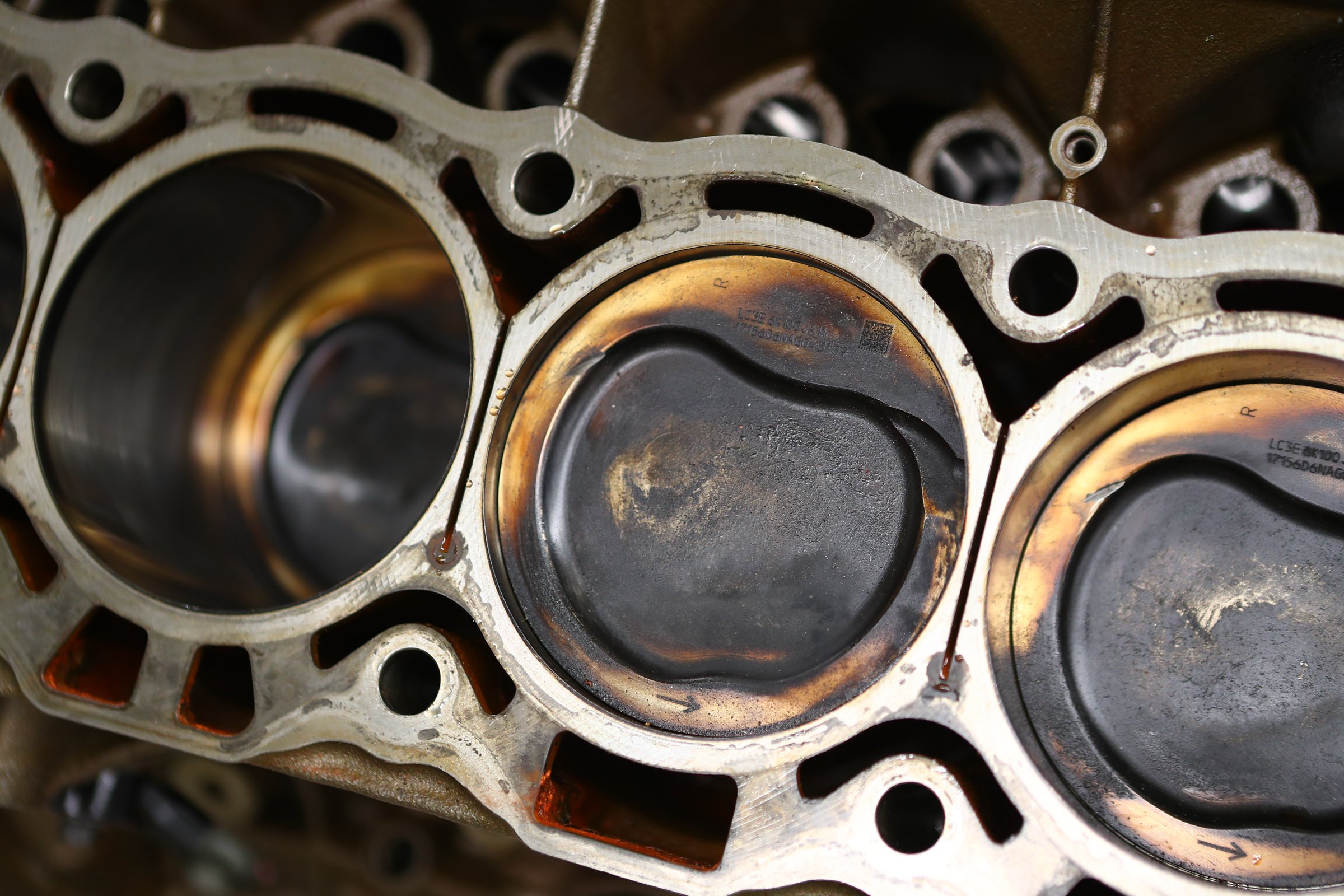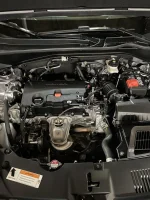You are using an out of date browser. It may not display this or other websites correctly.
You should upgrade or use an alternative browser.
You should upgrade or use an alternative browser.
Best engine in 2023?
- Thread starter Cyoungso1
- Start date
I own both these engines. 2019 F150 3.3 n/a Dual injection ( direct & multiport ) and 2023 Honda HRV 2.0 n/a port fuel injection with no start stop bs. Neither are power monsters . And they aren’t rocket ships. But in todays modern engines , they are slipping into the old school engine’s category in my opinion. You can get the 2.0 Honda engine in the civic also. The 2023 HRV is built off the civic. It sits higher , lol. These are a not performance engines. These are in my eyes as longevity engines. Again , my opinion. Wardawg.
Attachments
Last edited:
And the rest of it can be boiled down and made into glue.But at least after it reaches end of life, you will be able stock your freezer.
Hands down the Ford 7.3 gas Godzilla motor. Fresh pushrod design that has been overbuilt and understressed
I was thinking about this engine and it's "slot" on the deck, between the bores, the ones that leak on other Ford engines. I'm not sure I can excuse Ford for this engineering oversight. Otherwise, I liked the engine and it's claimed efficiency. Now I'm not so sure.
And then this video popped up with camshaft and roller lifter failures at 39,000 miles:

He can't counter because the truth hurts...Do you have some information to counter the guys video?
Not exactly...Hands down the Ford 7.3 gas Godzilla motor. Fresh pushrod design that has been overbuilt and understressed
Not exactly...Not a “car” engine but I really think that Fords new 7.3 gas engine is going to be around for a while. Seems to be well liked in pickups and medium duty trucks. I foresee a lot of school bus fleets going that direction. Cheaper maintenance, none of the emissions issues of diesel, etc.
I have to wonder if the above cam and roller lifter failure is an oil related problem on the 7.3 Godzilla engine. We should remember that rollers can be very sensitive to particulates and oil viscosity. An extended OCI on a direct injection engine does result in circulating particulates for long periods of time.
Years ago, there was a thought that higher viscosity oils would result in a roller "skidding" over the camshaft. When we developed roller cam followers for OHC engines, it was immediately clear that they rolled very well with 20W-50, even when cold, but that was not a pushrod engine.
Thinking aloud here, Lycoming aircraft engines now use roller lifters, and Lycoming requires the roller lifters be replaced any time they are accessed. In other words, if the case is opened for any reason, the ($500 each) roller lifters MUST be replaced. (the same is not true of flat tappet Lycoming engines) There have been a number of Lycoming roller lifter failures and they look a lot like the picture above. Most often, the thought is that the engine oil was not changed frequently enough. 25 hours seems to be the proper OCI for those engines.
Years ago, there was a thought that higher viscosity oils would result in a roller "skidding" over the camshaft. When we developed roller cam followers for OHC engines, it was immediately clear that they rolled very well with 20W-50, even when cold, but that was not a pushrod engine.
Thinking aloud here, Lycoming aircraft engines now use roller lifters, and Lycoming requires the roller lifters be replaced any time they are accessed. In other words, if the case is opened for any reason, the ($500 each) roller lifters MUST be replaced. (the same is not true of flat tappet Lycoming engines) There have been a number of Lycoming roller lifter failures and they look a lot like the picture above. Most often, the thought is that the engine oil was not changed frequently enough. 25 hours seems to be the proper OCI for those engines.
Last edited:
He won his case hands down.Musk said he has private equity to take Tesla private when the stock was dropping. He is court for that "misleading of investors" at the moment if I am not mistaken.
I would take what he says with a grain of salt.
“Years ago” Harley-Davidson also warned against use of “synthetic” motor oil in their V-twin engines because it was ”so slick” the crankshaft ball bearings would slide rather than roll. Of course “synthetic” was fine once they had their own.Years ago, there was a thought that higher viscosity oils would result in a roller "skidding" over the camshaft. When we developed roller cam followers for OHC engines, it was immediately clear that they rolled very well with 20W-50, even when cold, but that was not a pushrod engine.
Hands down. . . the Hyundai Theta II 2.4L 
4WD
$50 site donor 2025
Good one. Test drove a couple and IMO the power was fine - just impossible to find a mid level F150 with a locking RE (then) …Using the above criteria as the predominate points, I'd have to say ...
Ford 3.3L n/a v-6 in the F150. Hands down.
Longevity: This engine is part of the Cyclone engine series; a very robust and long-lived engine with no real issues (other than water pump, which I'll discuss later on). These engines make enough power to be very usable, but not so much as to stress themselves.
Simplicity: It's got DOHC with DAMB, no turbo to leak or have wastegate issues, it's PFI, etc.
Ease of maintenance/access: Because it's in a normal truck chassis, it's longitudanly orientation is the epitome of simple. Nothing complicated on this engine and everything's easy to get at. Further, while the transverse version of this engine has some waterpump issues, the longitudinal system is MUCH simpler to work on, and for some reason seems to have fewer pump issues.
Added bonuses: decent economy; aged enough that problems are pretty much non-existent and parts are readily available; UOAs for this engine series shows very lower wear rates historically
Seems dual point injected engines are less complicated than AFM kit etc …

